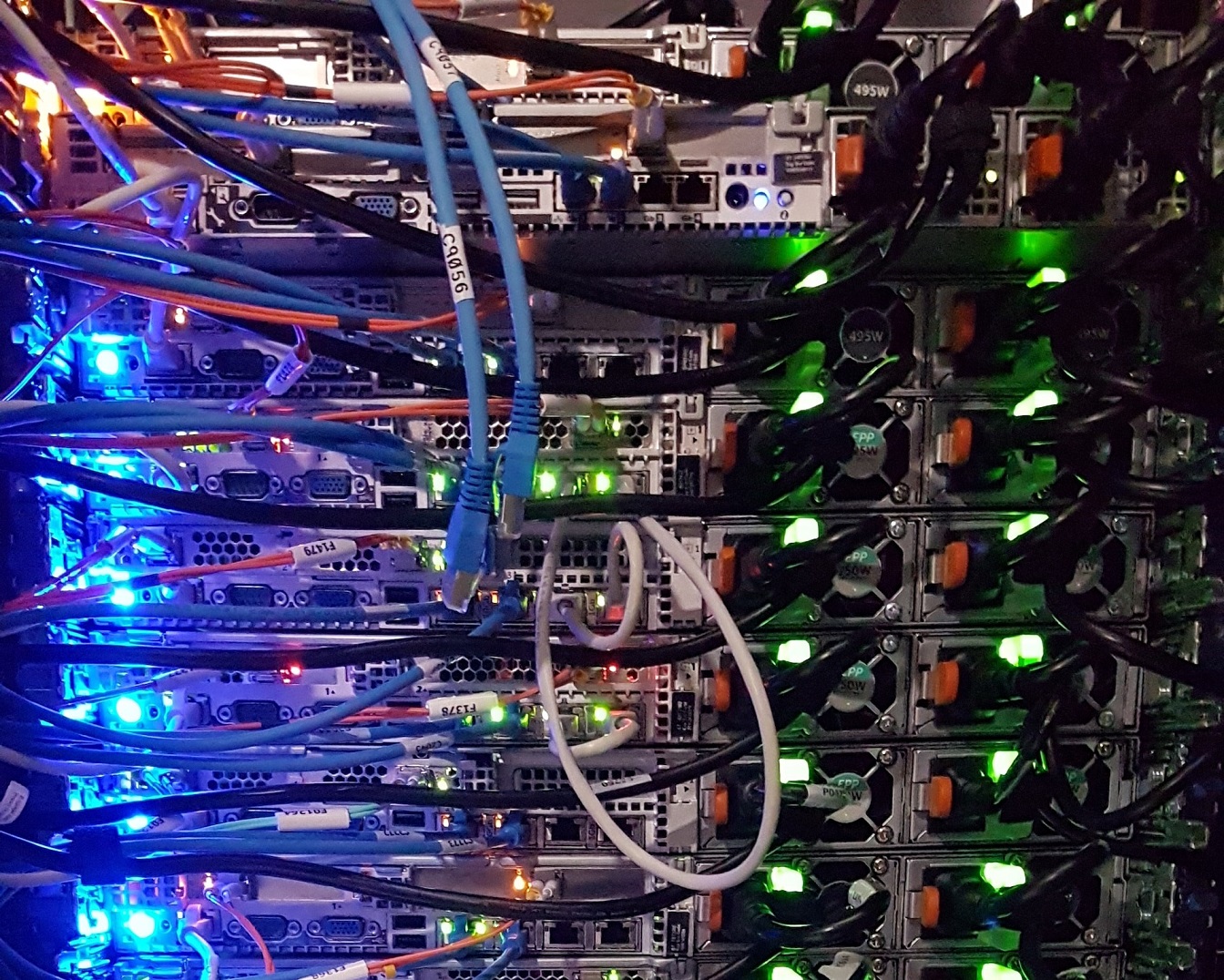IT Infrastructure: What is it? Explained
IT Infrastructure: What is it? Explained

One of the most important concepts within the operation of any organization or company is that of IT infrastructure. This concept has taken on special relevance in recent years thanks to the development of technology and the increase in digitization in companies of all sizes and sectors of activity.
What is IT infrastructure?
In any organization, IT infrastructure refers to the various components and elements that enable technology operations. The term IT represents the entire combination of mechanisms and technological devices that make up the structure of the company. Since the ICT needs of each organization differ, their IT infrastructure may vary greatly. It may be as simple as a computer or as complex as an infrastructure with thousands of technological devices and networks in large multinationals. Every company that computerizes part or all of its operations requires an IT infrastructure.
A reliable IT infrastructure is essential for businesses to reach their goals and outperform their competitors. An expertly designed IT infrastructure can improve a company's connectivity, security, and efficiency. Generally, a well-organized IT infrastructure can benefit a company in the following ways:
- Improve employee productivity by providing them with tools that help them do their jobs more efficiently.
- Real-time data collection that helps improve business decision-making
- Development and commercialization of solutions quickly
- Improve the customer experience by providing digital solutions that facilitate both the contracting of services and/or products and their relationships with the company.
What are the components of an IT infrastructure?
IT infrastructure services are made up of the following independent elements:
-
Hardware
The hardware is made up of the computers and computers necessary for the operation of the organization, but also of facilities, switches, routers, data centers, servers or hubs.
-
Software
We are talking about computer programs and solutions that allow the use of technology in the organization, such as content management systems (CMS), operating systems, web servers, enterprise resource planning systems (ERP), or systems customer relationship management (CRM).
-
Facilities
They are the spaces and facilities that allow the use of hardware in companies. We're talking about data centers, servers, building network cabling, and all the components without which the company's hardware couldn't be used.
-
Local Area Network
Included in this concept are routers, switches, and servers that make local area networks (LAN) work.
-
Servers and Server rooms
The servers allow the company to access and share the resources of the IT infrastructure. Also included are server rooms or data centers, which are the core of most networks.
What types of IT infrastructure are there?
The two main types of IT infrastructure that exist are the following:
Traditional infrastructure
A traditional IT infrastructure is one that is installed in a company locally to enjoy exclusive and private use. It is an infrastructure that requires physical space and higher energy consumption because it is made up of common elements such as desktop computers, facilities, data centers, and other software and hardware elements.
Cloud infrastructure
It is an infrastructure similar to the previous one but whose access is done through the Internet. Its main advantage is that the computing resources are on the network and not on local servers, which allows companies to have more free space in their facilities.
Examples of IT infrastructure
As a company, you're aware that your company's technological framework is dependent on a variety of hardware and software components that make up its IT infrastructure. These components include computers, keyboards, mice, routers for internet connectivity, computer programs, and business servers that help streamline management processes and boost productivity. Data storage systems are also essential to IT infrastructure, enabling businesses to utilize, secure, and store their data for long periods. In addition, mainframes and cybersecurity elements play a critical role in protecting the company from security breaches and potential cyber-attacks that could jeopardize operations and sensitive data. It's clear that IT infrastructure is vital for any enterprise's operation and growth, and its importance is only increasing.
At Voiped Telecom, we offer a professional IT consulting service, which will help you define the IT structure of your company.
Dec 28, 2022
